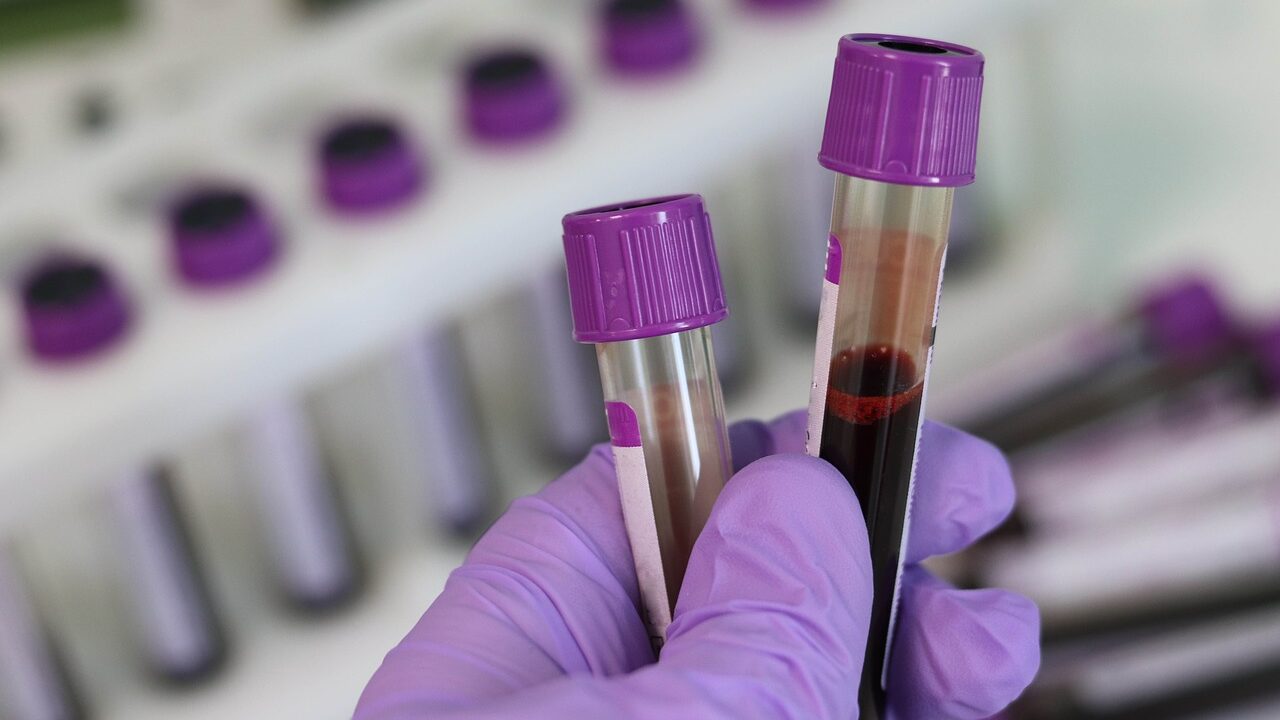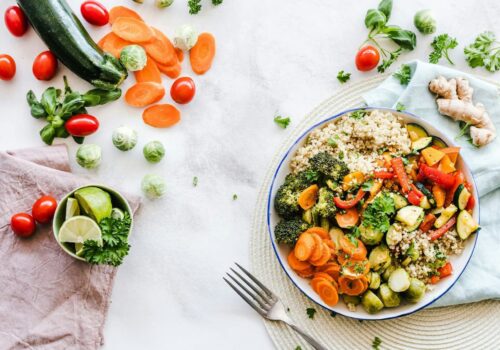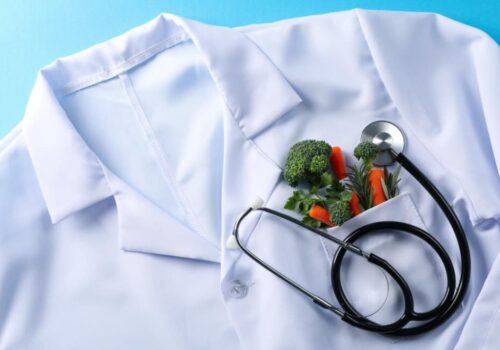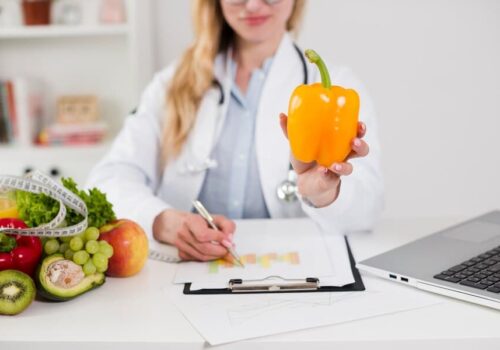Blood-thinning foods: diet, menu
Blood is one of the main biological fluids in the human body; human health depends on its composition, viscosity and consistency. Today, it is increasingly common to hear that blood is too thick, that is, its viscosity is increased.
Correctly balanced nutrition can help to normalize the blood. What should I eat if my blood is too thick? What to do if the blood is thick? The answers to these questions can be found in our article.
Causes of thick blood. The dangers of blood clotting and its consequences
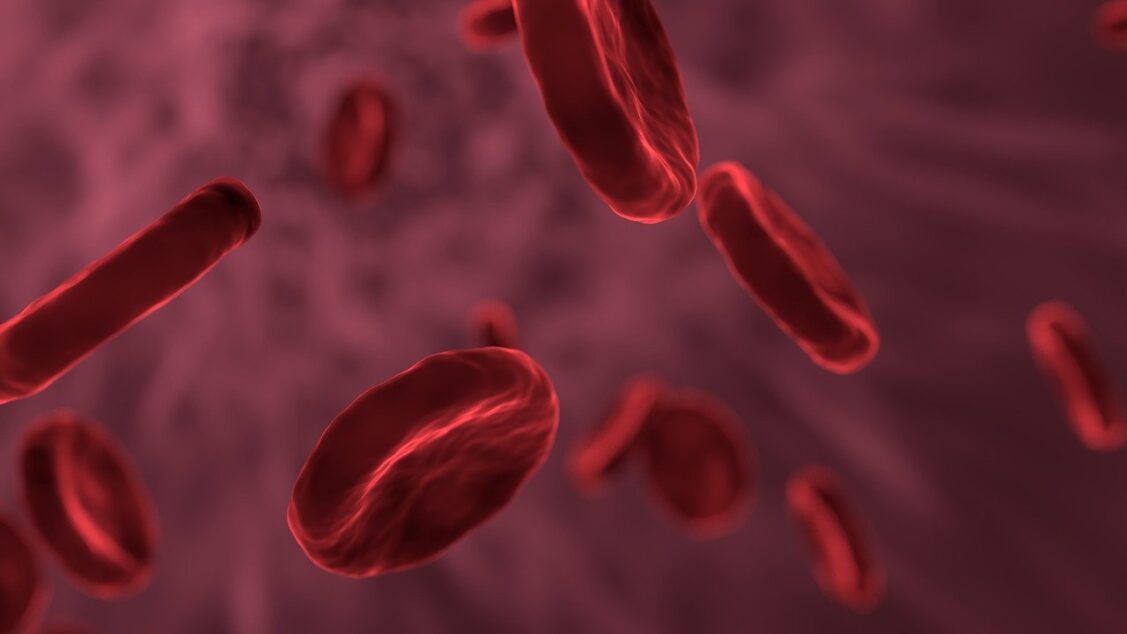
Thick blood or hypercoagulability is a condition in which blood is thicker and stickier than normal. When a person has hypercoagulability, they are prone to excessive blood clots.
Thick blood can interfere with the movement of oxygen, hormones and nutrients in the body, preventing them from reaching tissues and cells.
Consequences: Deep vein thrombosis, which can be characterized as leg cramps and pain. DVTs usually form in the large veins of the legs, but can occur in other parts of the body such as the hips, arms, abdomen, or pelvis.
How to know if your blood is thick. Who is at risk
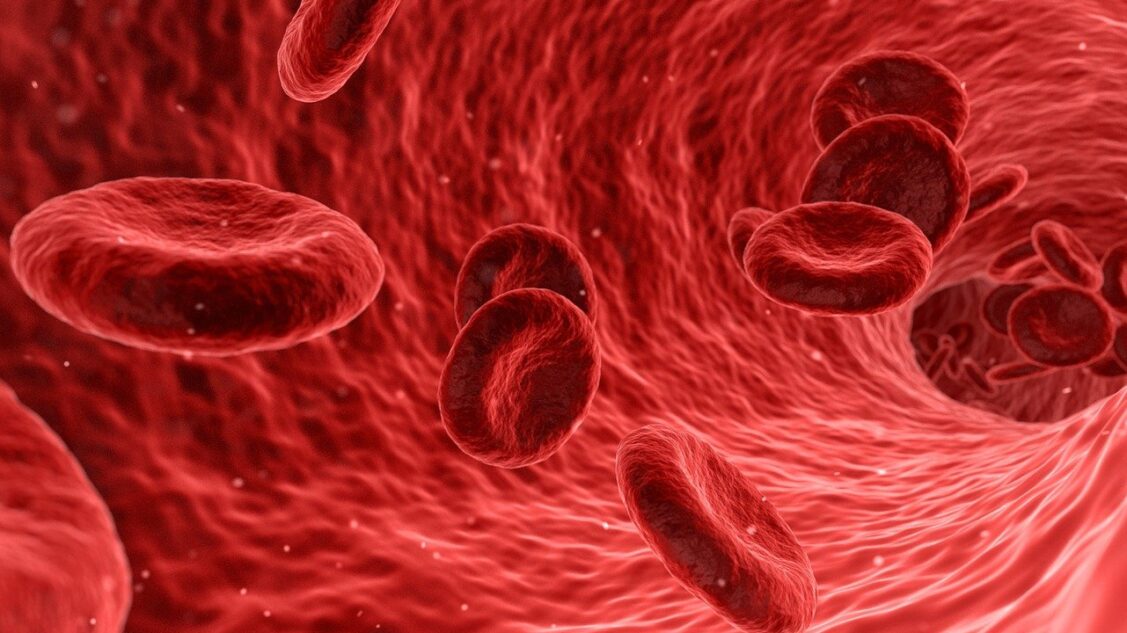
The problem of a person with thick blood is that it often runs symptom-free, except for the formation of blood clots. Swelling of the leg, pain, usually of a moderate nature, a slight lividity of the limb do not frighten patients, and sometimes they do not even consider it necessary to go to the doctor.
At the same time, the thrombus may break away from the wall of the vein without any warning in a few seconds, turn into an embolus – a clot that migrates through the vessels, and cause the most severe pulmonary embolism with an unpredictable outcome.
Diet with thick blood: general rules, menu
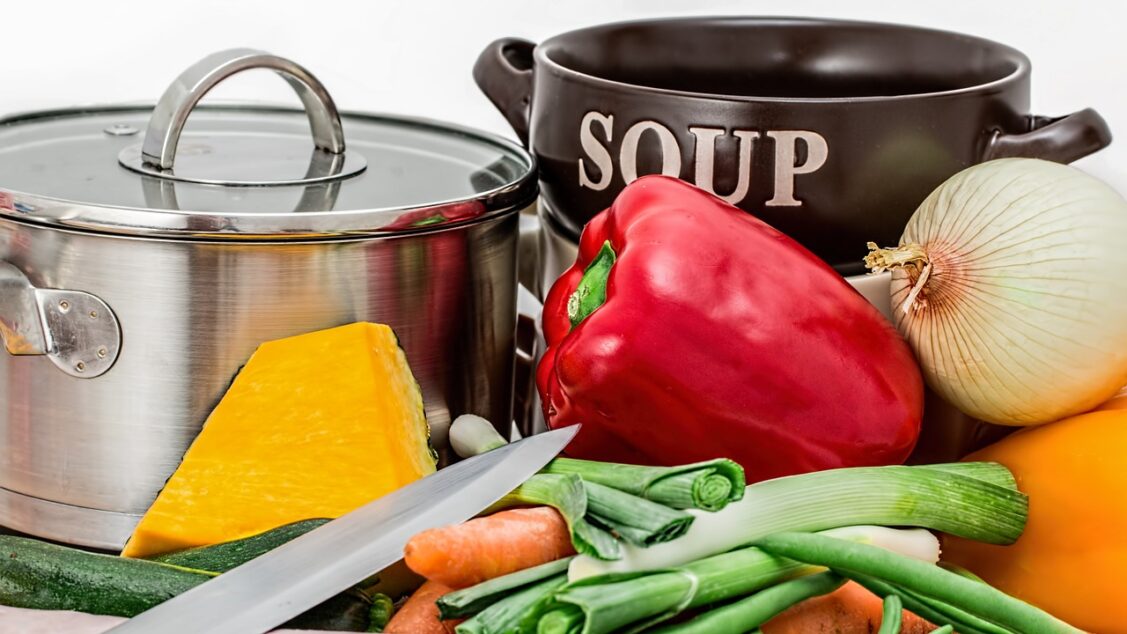
To return the blood to its normal consistency, it is necessary, first of all, to balance the diet and adhere to an optimal drinking regime. You should drink at least 30 ml of water per 1 kg of weight per day. If you drink compote, tea, juice instead of plain water, you should increase the amount of fluid you drink.
As for the diet, it should be as balanced as possible in all parameters (proteins, fats, carbohydrates, vitamins, minerals).
Blood becomes thicker with a lack of proteins and amino acids, so the diet must include meat (lean varieties, turkey or chicken), fish (marine), dairy products and eggs.
Products that increase blood clotting
A bleeding disorder is dangerous for blood clots, heart disease and hypertension, heart attacks and strokes. Reduced – the possibility of severe bleeding in injuries and even spontaneous bleeding such as nasal, gastrointestinal, etc.
These foodstuffs, which increase blood clotting and are rich in vitamin K, should be excluded from the diet if a condition of blood clotting is observed.
Bananas and mangoes, cabbage, green vegetables and spinach leaves, dill, parsley, coriander, basil, carrots, radishes, beets, red peppers and corn, mangoes and bananas, red and purple berries. White bread, salt, whole grains, soybeans and legumes, eggs, juices, animal fats, and butter and sour cream, liver, fatty meat, animal kidneys and brain, walnuts.
